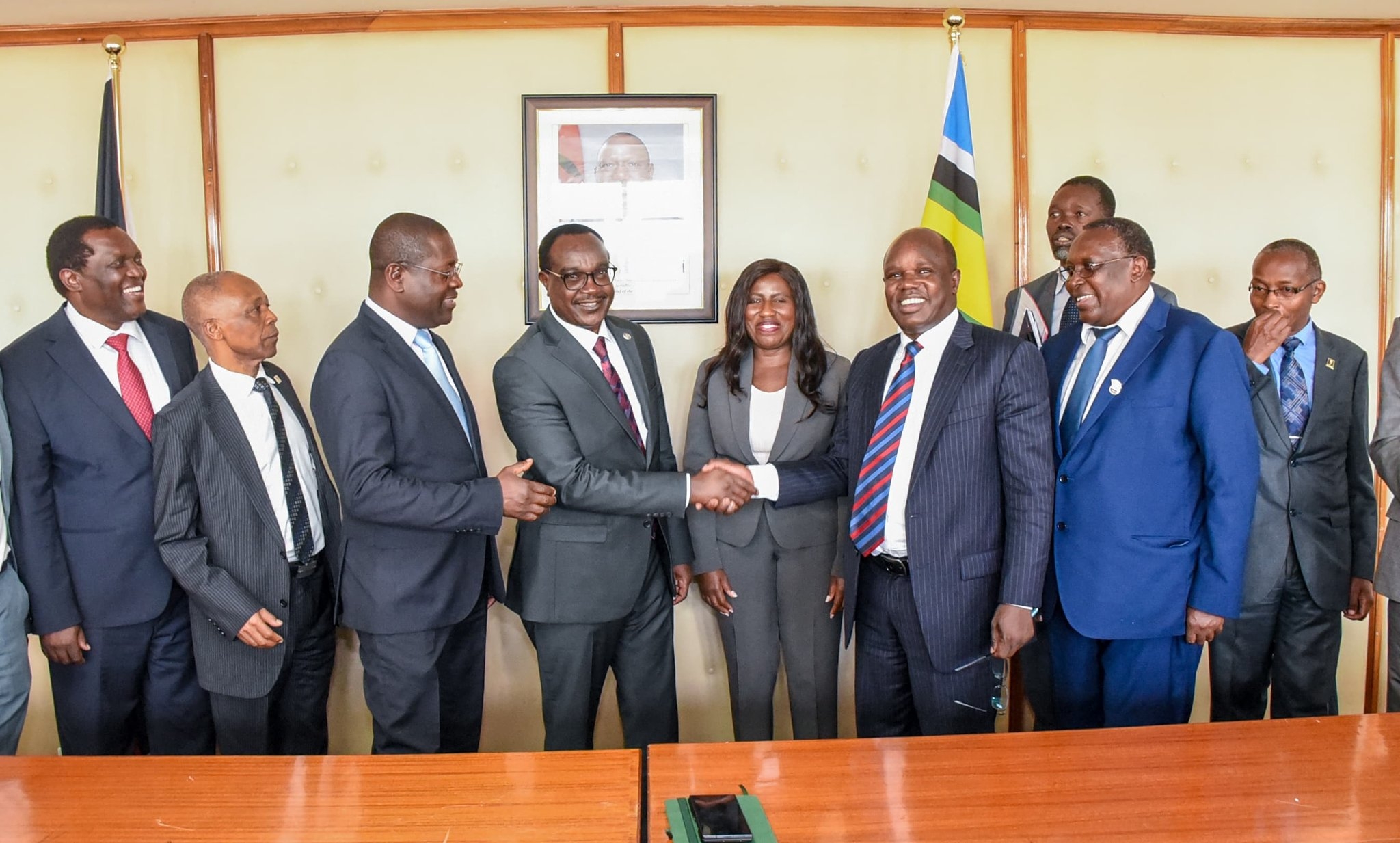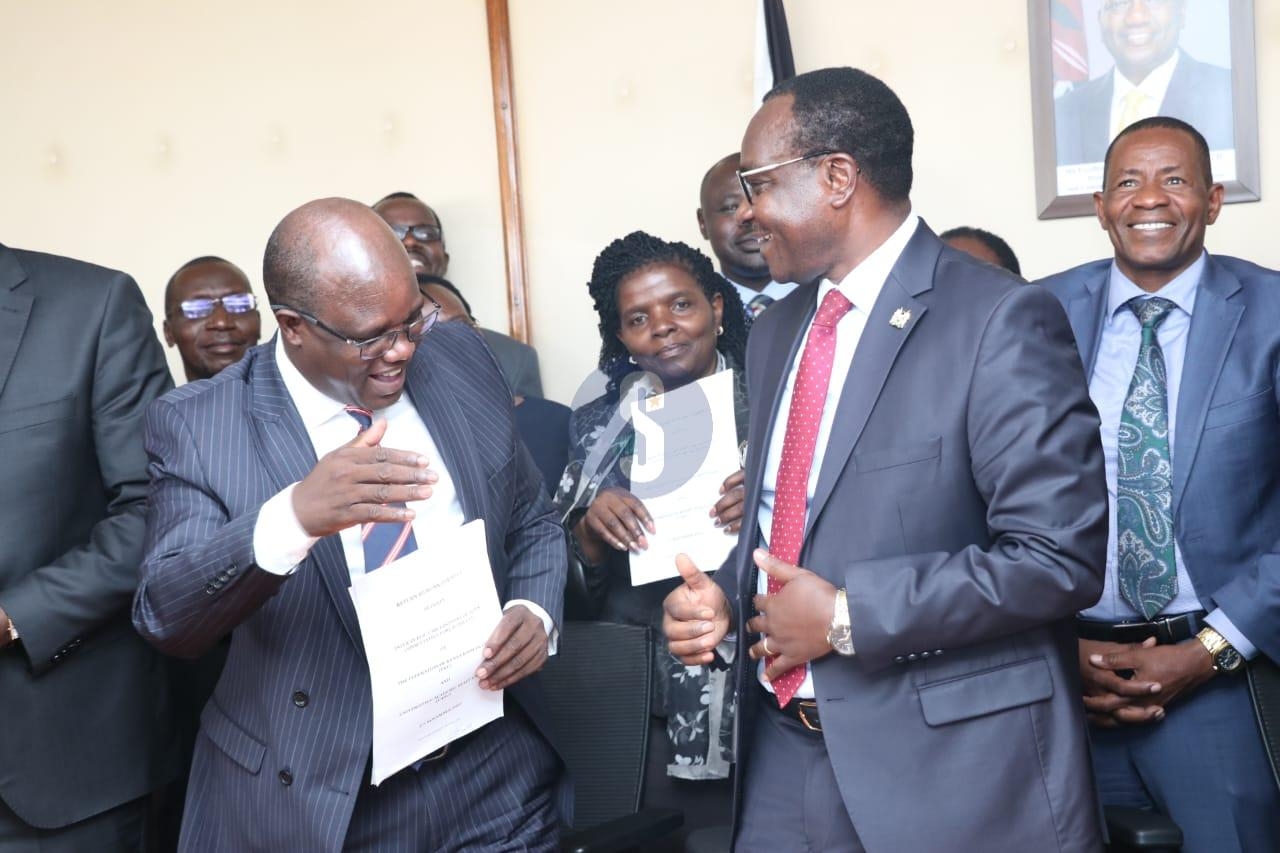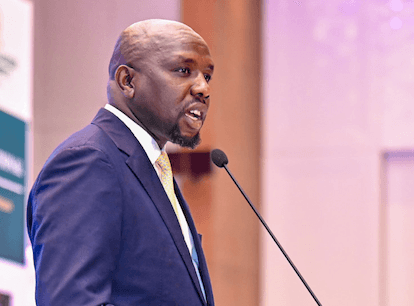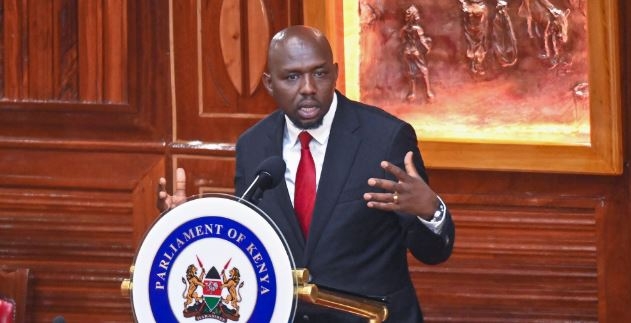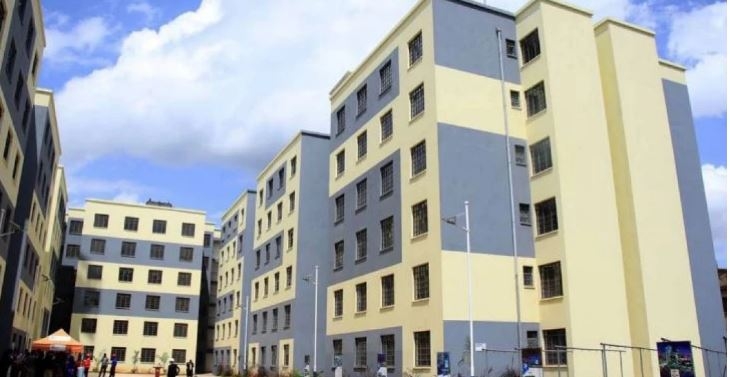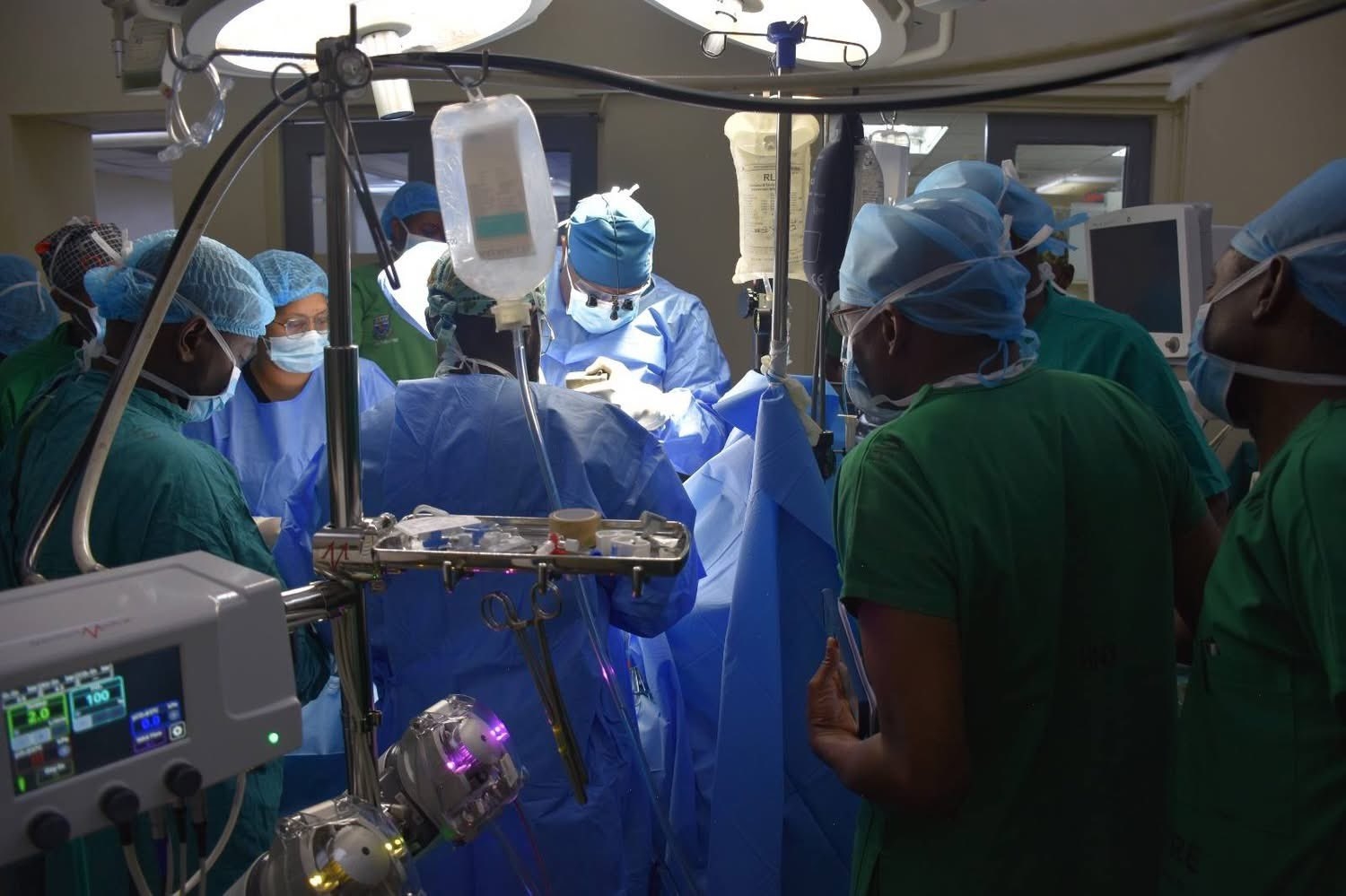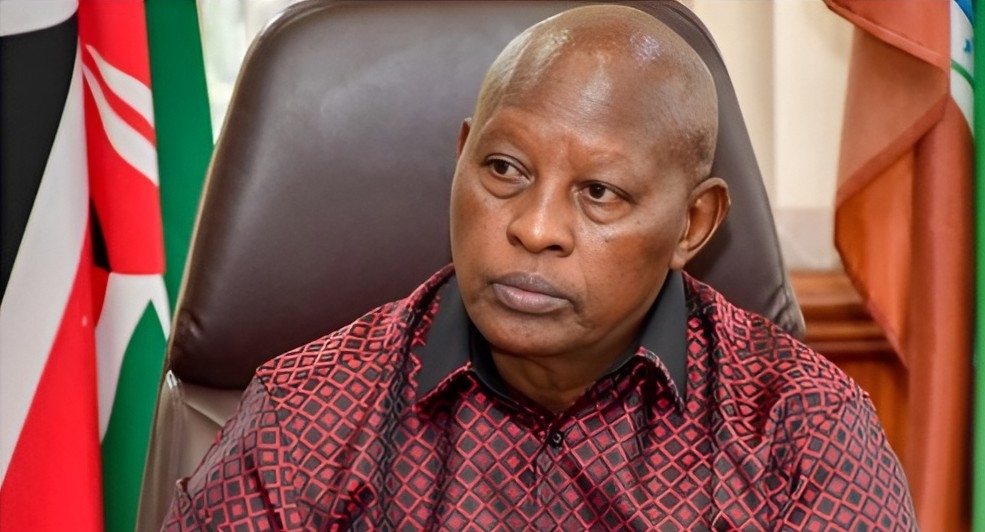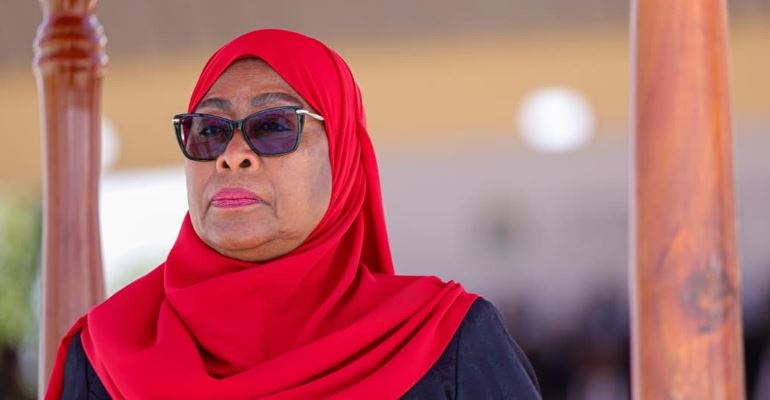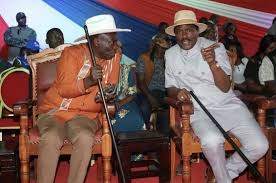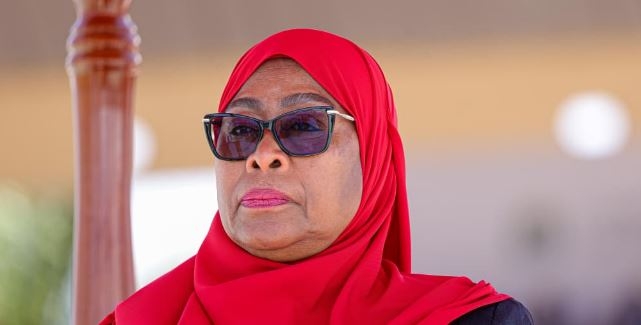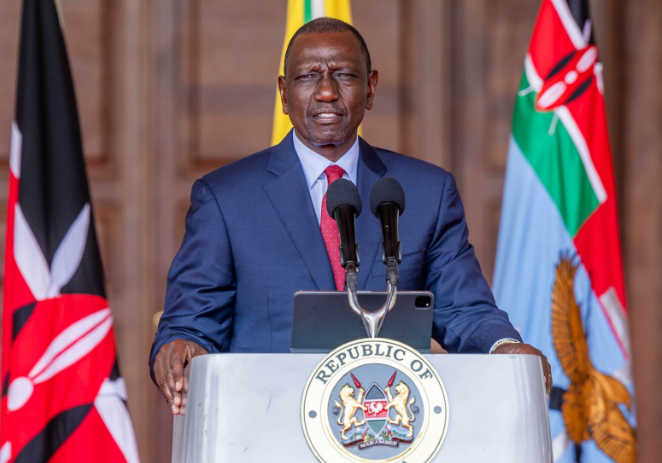
President William Ruto’s administration is intensifying efforts to make inroads into Wiper leader Kalonzo Musyoka’s Ukambani political stronghold, with a strategic push anchored on development promises and political realignments.
For weeks, the President and his advisers have been preparing for an extensive tour of the region, aimed at reinforcing his government’s development agenda and consolidating support ahead of the 2027 elections.
Mwala MP Vincent Musau, popularly known as Kawaya, and a strong ally of the President, confirmed that the visit is expected within the month.
“It is a development tour. It will happen this month, and we will announce specific dates once ready,” he said in an interview.
According to Musau, the Kenya Kwanza administration is “exceeding expectations” in the region.
“There has been a lot of noise from people pretending to be friends. We have disproved that narrative and shown the region that the government is committed to its development,” he added, expressing optimism about the President’s reception.
Historically, Ukambani has largely aligned itself with Kalonzo under Raila Odinga’s Azimio la Umoja coalition, with overwhelming support in the last general election, except for a few constituencies where Kenya Kwanza and former President Uhuru Kenyatta’s Jubilee Party gained traction.
Kalonzo, who remains a significant political figure in the region, has recently been seen working closely with former Deputy President Rigathi Gachagua. The alliance has been perceived as a bid to consolidate opposition support with an eye on the 2027 presidential race.
In response, Ruto’s team, led by Deputy President Kithure Kindiki, has embarked on sustained engagements across Machakos, Kitui, and Makueni counties.
Kindiki’s recently concluded three-week tour underscored the administration’s efforts to lay groundwork for Ruto’s visit and rally support for the Kenya Kwanza government’s development agenda.
The Kenya Kwanza camp is leveraging ongoing infrastructure projects, economic empowerment programmes, and efforts to attract defectors from Wiper as key pillars of its strategy.
The administration reportedly anticipates two possible outcomes: to win over Kalonzo himself or secure a significant share of Ukambani’s votes.
“Our recent meetings with the Deputy President were well attended and very encouraging. The support is growing organically,” said Musau, who survived the pro-Wiper wave in the 2022 elections to retain his seat.
During his tour, Kindiki positioned his visits as evidence of the administration’s commitment to equitable development, while appealing to residents to support the government’s initiatives.
In several public addresses, he suggested that opposition leaders were hindering the region’s progress, framing the Kenya Kwanza administration as the better option for meaningful development.
“Those who thrive on rhetoric will soon realise the people of Ukambani want action, not slogans,” Kindiki said, in remarks perceived to be directed at Kalonzo’s camp.
However, leaders allied to Kalonzo have dismissed these overtures, maintaining that Ukambani remains firmly behind the Wiper party leader.
“Kalonzo Musyoka is deeply entrenched in the region’s political fabric and remains a formidable force,” said Kitui Central MP Makali Mulu.
Mulu criticised recent engagements led by Kindiki, claiming that the meetings fell short of residents’ expectations and that the economic incentives offered were insufficient to inspire significant political shifts.
“Our people expected meaningful empowerment, but what was offered was far from adequate. The visit only reaffirmed Wiper’s support base,” Mulu said.
He also noted that Kalonzo’s alliance with Gachagua adds a layer of complexity for Kenya Kwanza in its quest to secure the region’s backing.
Despite the political undercurrents, the government has highlighted numerous development projects in Ukambani as proof of its goodwill.
Key among these are road infrastructure upgrades, including the Kangundo-Mwala Road, the Kyuluni-Zombe Road, and the revival of the long-stalled Kibwezi-Kitui-Mwingi Highway.
Kindiki assured residents that these projects were not election gimmicks but part of a genuine effort to address long-standing grievances.
“When we say a road will be built, it will be built. No more delays, no more false promises,” he stated after inspecting the Mutomo-Mutha-Hola Road, a vital link to Tana River County.
Water projects have also featured prominently in the government’s pitch. The High Grand Falls Dam—touted as Africa’s second-largest upon completion—and the Thwake Dam are presented as transformative interventions to tackle chronic water shortages.
Smaller initiatives, including the Sh1.5 billion Mwala Cluster water project and the Sh2.2 billion Machakos (Mugongoni) water initiative, have been highlighted for their direct impact on households.
Economic empowerment programmes targeting youth and small-scale traders are also in the spotlight. The Affordable Housing Programme, said to have created over 250,000 construction jobs, is being marketed as a lifeline for unemployed graduates in the region.
In Kitui, Kindiki announced plans for five new fresh produce markets to support local agriculture, alongside the Climate Workx Programme, which has reportedly generated 110,000 jobs, and a Sh2 billion last-mile electricity connectivity project.
With an estimated 1.7 million registered voters in Ukambani as per IEBC’s 2022 data, the stakes are high. Machakos leads with 687,565 voters, followed by Kitui with 532,758 and Makueni with 479,407.
While voting patterns in the last election showed overwhelming support for Kalonzo, Kenya Kwanza allies have pointed to recent developments as signs of shifting loyalties.
More than 100 MCAs from Ukambani, most affiliated with Wiper, have declared support for the government. Some were hosted at the Deputy President’s Karen residence during a series of engagements focused on development discussions.
Machakos and Kitui county speakers are among leaders who have cited frustration with Kalonzo’s leadership and expressed willingness to work with Ruto’s administration.
Kenya Kwanza officials have termed these declarations “a natural response to good governance.”
Kalonzo’s allies have, however, vowed to resist any attempts to sway the region’s political direction. Machakos Governor Wavinya Ndeti recently warned against what she termed as efforts to “weed out dissenters,” remarks that have fueled tensions within local political circles.
Wiper grassroots mobilisers have also stepped up their campaigns, urging residents to remain loyal to Kalonzo and dismissing the government’s pledges as insincere.
“You cannot buy people with projects that are their constitutional right,” Kalonzo said recently, reiterating his stance on the government’s engagements.
As President Ruto’s planned tour draws closer, anticipation is building. His allies have described the upcoming visit as a potential “game-changer” in the region’s political landscape.
“The people want him here. They have seen what we are doing, and they are responding positively,” said Musau.
Kindiki, meanwhile, has hinted at more announcements during the visit.
“This is just the beginning. More is coming,” he tweeted, sparking speculation about possible new projects or political realignments.
The ultimate test will be whether the development agenda can override the deep-rooted political loyalties that have long defined Ukambani’s voting patterns.



